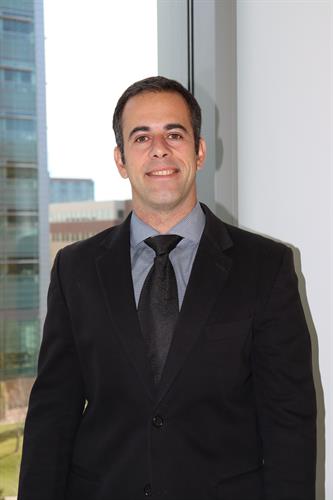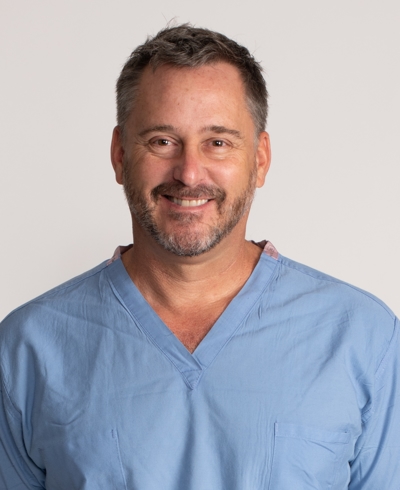Tumor Treatments
Craniotomy and tumor removal
Craniotomy is a brain operation during which a neurosurgeon makes an opening in the skull bone to remove a brain tumor. The incision is made over the area of the brain tumor. It can be performed under local or general anesthesia. The maximal tumor removal (if possible) is the best treatment for prolonging survival and, in case of benign tumors, may be curative.
Minimal Access Neurosurgical Techniques, in conjunction with advanced intraoperative image-guidance technology, are used to reduce incision and craniotomy sizes to the smallest possible and to optimize the accuracy and safety of neurosurgery. These techniques allow surgeons to navigate as safely as possible to the tumor or lesion. The use of intraoperative MRI allows neurosurgeons to assess tumor resection in real-time during surgery and increases the potential to maximize resection of the tumor.
BCH neurosurgeons use minimal-access surgical approaches to allow for safer surgery, earlier and optimal recoveries and shorter hospital stays.
Neuroendoscopy
This type of surgery is performed using an endoscope to visualize the tumor in the brain or spine, allowing minimally invasive access to some lesions. The entire operation is performed through a tiny hole, usually in combination with a surgical microscope. This combination allows our neurosurgeons to perform an operation deep within the brain and skull base. A small incision site and minimal trauma to the surrounding tissues results in a shorter hospital stay and quicker return to normal activities for patients. These are just a few of the advantages of this type of minimally invasive surgery.
Awake craniotomy
For selected patients with tumors or other pathological conditions in highly
functional parts of the brain (also known as ‘eloquent’ regions
of the brain, such as motor, sensory, and speech areas), BCH neurosurgeons
and their team perform a specialized type of surgery called awake craniotomy.
Patients are lightly sedated during the initial portion of surgery, and
awakened when the brain is exposed. Depending on the region of the brain
and the lesion, different electrical or cognitive tests are performed
to allow the surgeon to carefully ‘map’ the selected region
of the brain, thus ideally identify the safest possible route and region
of resection. As the brain has no pain receptors, this is a pain-free
and comfortable procedure that adds safety to certain craniotomies if
necessary. A patient is kept asleep for all other parts of the operation.
It is important to understand that a majority of cases do not require
awake craniotomy and only your surgeon will identify if you may benefit
from this specialized procedure.
Click here to download a PDF with more information about the principles of awake craniotomy that were established more than 50 years ago.
Contact Us
To schedule a neurosurgical consultation with Boulder Neurosurgical and Spine Associates of BCH, call 303-938-5700.









